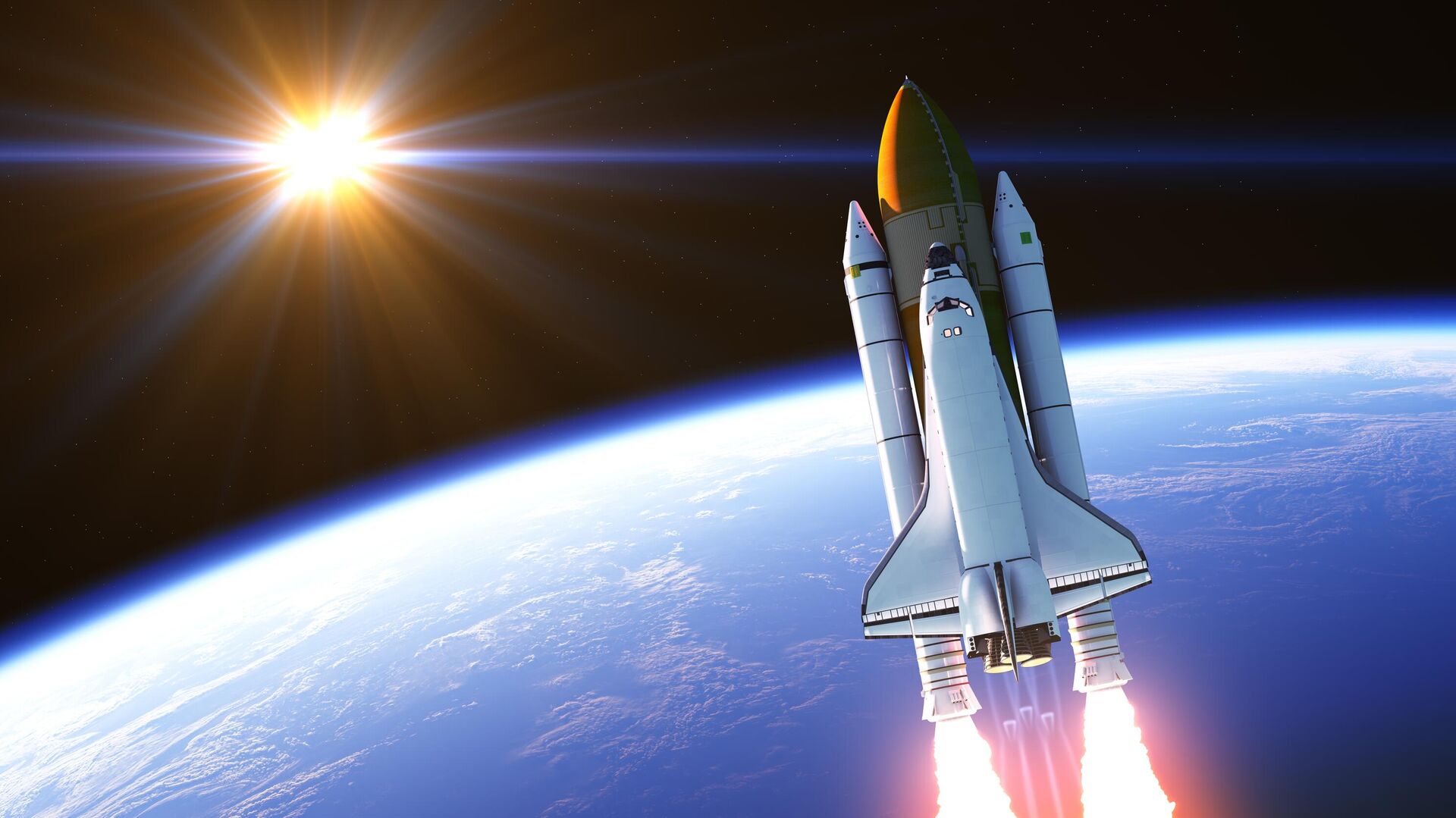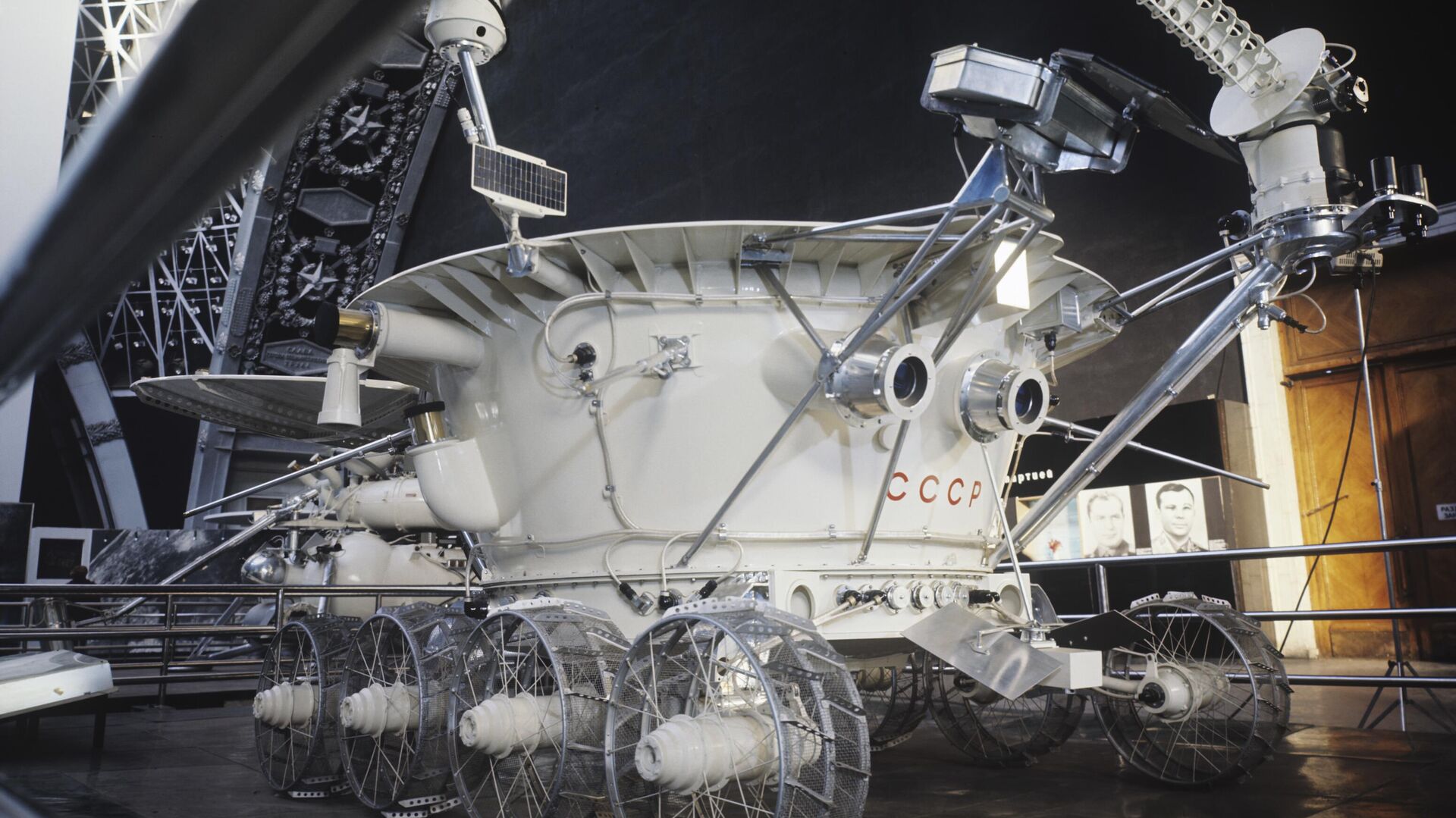Your browser does not support this video format.
BEIJING, June 25 The Chinese Chang'e-6 spacecraft successfully landed at the Siziwanqi landing site in the Inner Mongolia Autonomous Region, delivering soil samples from the far side of the Moon to Earth for the first time in human history, broadcast by China Central Television.
The spacecraft was launched on May 3 2024 from the Wenchang Satellite Launch Center on Hainan Island using the Long March 5 Y8 launch vehicle. On June 2, the spacecraft landed in the planned area in the South Pole-Aitken basin, collected various soil samples in different areas, and took off from the surface of the Earth’s satellite on June 4.
As Ge Ping, deputy director of the Center for Lunar Exploration and Space Engineering of the Chinese National Space Administration, noted, scientists hope that within the framework of the Chang'e-6 mission they will be able to deliver soil samples about four billion years old.
The fourth stage of the Chinese lunar program began with the launch of the Queqiao-2 relay satellite in March 2024. It includes the launch of the Chang'e-6 probe, the Chang'e-7 mission to explore the South Pole of the Moon, including comprehensive sensing of the lunar relief, and the Chang'e-8 mission, within which, in addition to scientific research, it is planned to conduct key research on the lunar surface testing a number of technologies.
As Professor Wu Weiren, a leading specialist at the China National Space Administration, previously told China Daily, the Chang'e-8 mission is planned to study the possibility of using 3D printing technology to construct buildings on the Moon.
Wu Yanhua, chief designer of a special project within the framework of China's deep space exploration program, said that China plans to launch the Chang'e-7 probe around 2026 year, and the launch of Chang'e-8 is scheduled for 2028.






















































Свежие комментарии